Being Honest about Racial Violence without Traumatizing our Kids
How Much is Too Much?
by Ben James
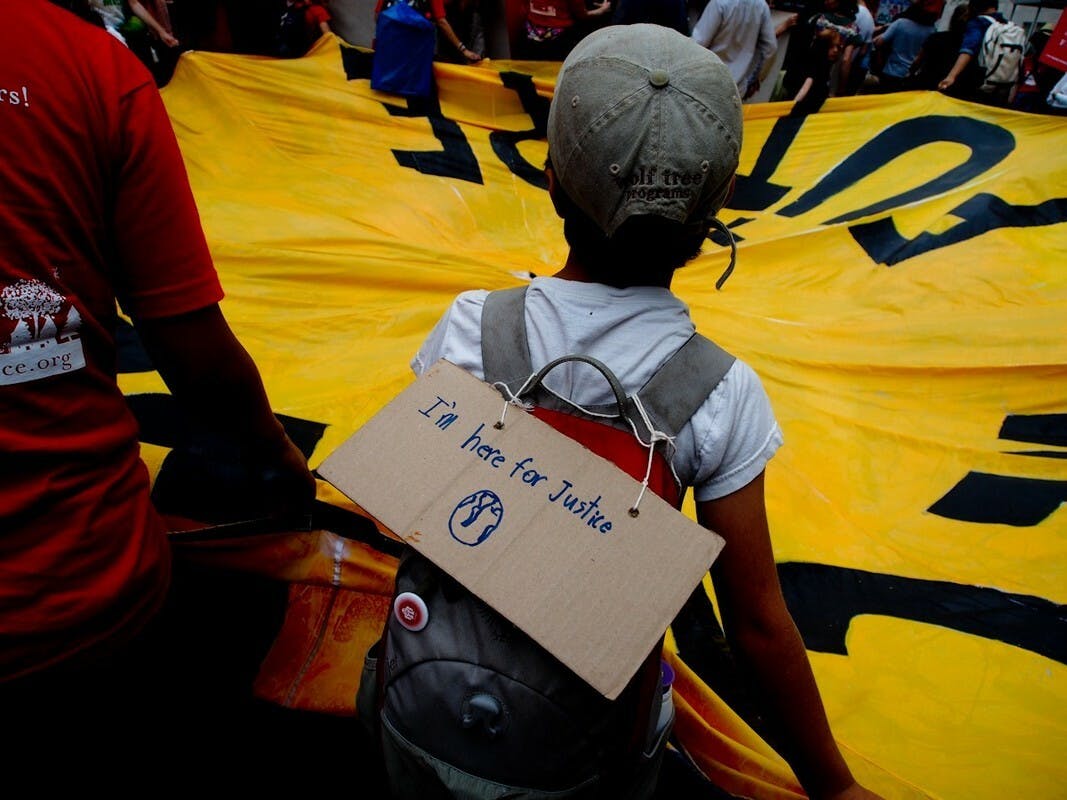
This past summer I had
the good luck to be part of an unusual collaboration: two elementary
school teachers, a handful of school administrators, and nine parents
coming together to assess and revise an in-depth, 14-week curriculum on
American slavery and abolition.
For the past twenty years, Linda
Donnelly has taught this curriculum to her 5th- and 6th-grade students
at The Common School, a small, progressive, private school in Amherst,
Massachusetts. And every-other-summer, Linda and her co-teacher, Chad
Odwazny, devote several weeks to reassessing the content and the goals
of the curriculum.But
this time around, Linda and Chad decided not to undertake that
reassessment on their own. This summer, in the context of an election
season defined by increasingly racist provocations; in the context of
recurrent incidents of racially-motivated violence erupting across the
country — and in the context, too, of a series of racially-polarizing
situations that had recently emerged at the school — a group of adults
sat down together, at the Linda’s invitation, to read books written for
children about the condition of American slavery.
Since my
ten-year-old son (who, like me, is white) would be among their students
in the fall, and since I was interested in the question of how one might
teach about the nature of systemic oppression to a group of children,
many of whom have — through no fault of their own — largely benefited
from those very acts of historical and recurring oppression, I decided
to join them.
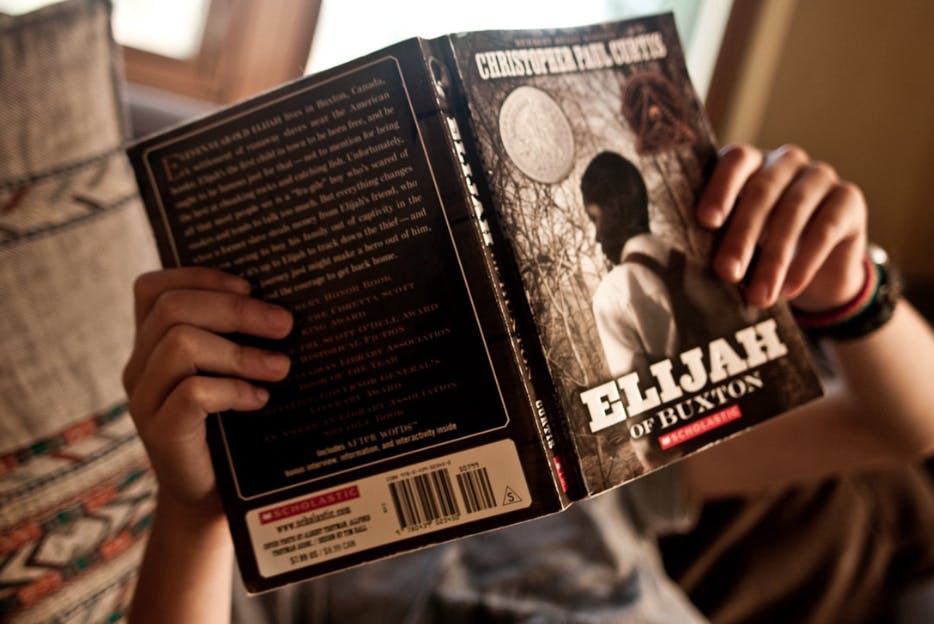
In a longer version of this story,
I write about the many rewards and the substantial ironies inherent in
that collaborative process, but for now I just want to talk about our
group’s most recurrent and intractable question, which had to do with
how far we parents felt our children should be emotionally pushed.
We
talked about our kids’ “shut-off valves,” those limits in their
abilities to process disturbing information, the danger that in an
effort to tell the history of American slavery like it was (and is), the
children might be forced to close off their emotional selves, or become
so confused and overloaded that no lesson is possible at all.
Our
concern was real, but overall I sensed a strong consensus among our
group — from parents of color and from white parents, too — that there
were more dangers in being temperate, in sugar-coating the brutality of
slavery, than there were in laying the history straight. “This is
private school, right?” said one mother, a white woman. “We can tell you
it’s OK to go ahead and make our kids cry.” Most of us nodded our
agreement.
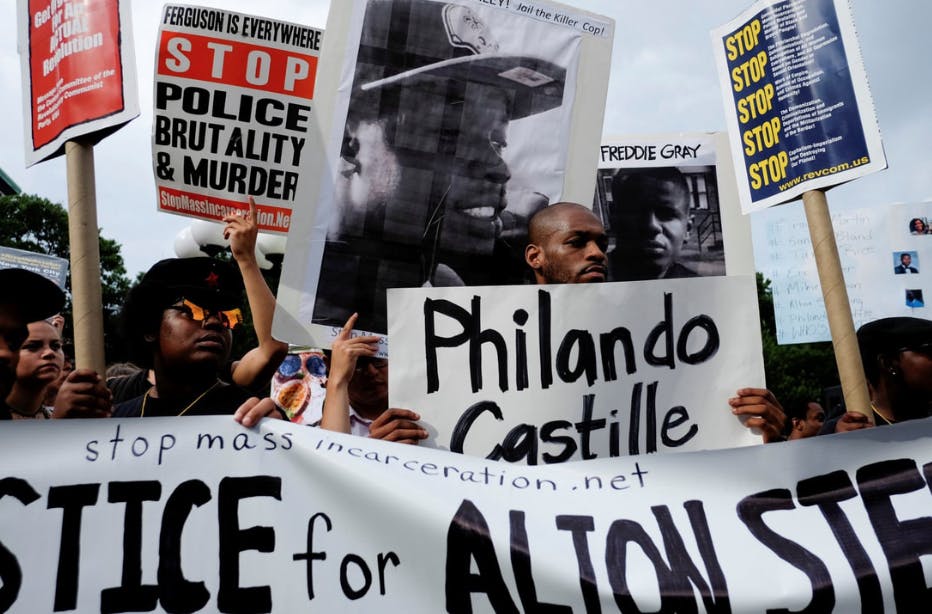
But between our June meeting and our July meeting a number of incidents
occurred. Alton Sterling was shot and killed by police officers in Baton
Rouge. Philando Castile was shot and killed by an officer in
Minneapolis, his death streamed live on social media. Nine officers were
shot and killed in Dallas by a lone gunman during an otherwise peaceful
protest against the murders of Sterling and Castile.
When our
group reconvened it was as if all the wind had been taken from our
sails. Our enthusiasm, that whole go-on-and-make-my-kid-cry attitude,
suddenly seemed nuts. We were reeling from the sheer overwhelm of
attempting to process these incidents of escalating racial violence; it
felt as if the recurring cycles would have no end. Our cavalier attitude
now seemed a provocation.
One mother said she’d been rethinking
her earlier comments about how far she felt comfortable in pushing her
child. A white mother of a black boy described the ways in which her son
and his peers felt “under siege” by the images that were flooding the
news. Another mother, a black woman, described her efforts that summer
to keep her kids away from the stories, and the stories away from her
kids.
A father described his own nervous breakdown a couple years
prior to that summer, which had come in the wake of the earlier
killings of Trayvon Martin and Michael Brown. The need to protect our
children had risen powerfully to the surface; our bravado was gone,
replaced by a fear of transferring the weight of this history onto our
kids.
Linda had several ideas and responses to the insecurity
that all of us shared. She had new structures to put in place in the
classroom, one of which allowed her students a higher degree of agency
in which books about slavery they chose to read. She had also decided
she would clear time during the school day in which this reading would
happen, so that the kids would be in each others’ company while taking
on such harrowing material, rather than alone at home.
But the
comment from Linda that stood out most to me had to do with how she
responds to individual kids when they hit a rough patch in the study. I
mean those occasional moments when one or another child begins to shut
down or break down with a new awareness of the harm their white
ancestors may have inflicted upon the enslaved, or else the harm their
enslaved ancestors may have suffered at the hands of white owners,
or — for some children at least — both of these possibilities at once.
“I’m so sorry that
this happened,” Linda will say in such moments, or that’s at least how
she described it to us parents, although I imagine there’s more specific
nuance in each particular instance.
It sounds simple, sure, but
what I understood Linda to be describing was a complex form of apology
in which the teacher makes herself present not only with her students’
immediate discomfort, but also with the broad-ranging and tentacled
roots of their pain. It’s a small example of an adult taking nuanced
responsibility for the unjust world in which our children are becoming
themselves.
I was moved by Linda’s description of that presence
and that apology. Without even being aware of it, I tucked the phrase,
simple as it was, away.
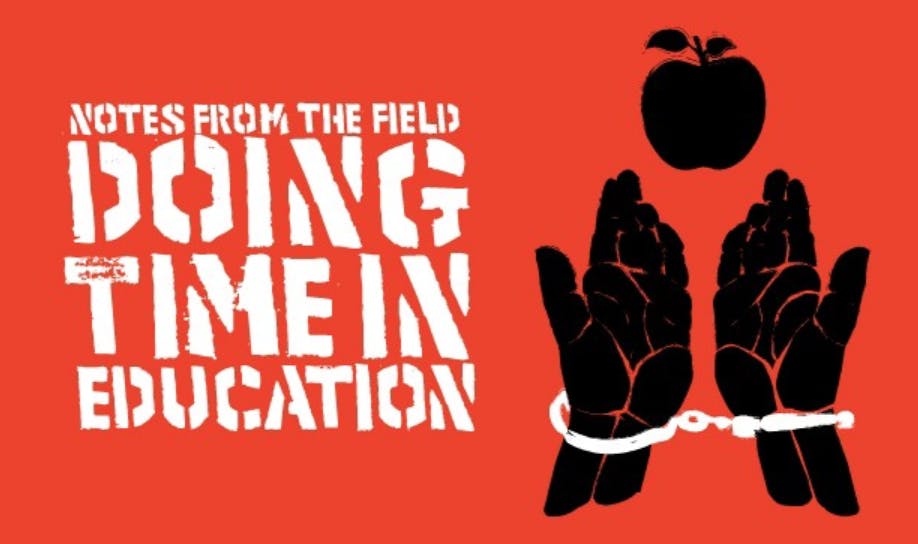
The summer wound down and the work of our reading group came to an end.
I interviewed Linda; I reached out to some of the other parents in the
group to see whether the conversations we’d had that summer were as
rewarding to them as they had felt to me.
And then,
oddly — especially given how much I was already thinking about the
question of tolerance-levels and “shut-off valves” — I made a huge
mistake.
I had been one of the parents advocating for a greater
sophistication in the historical readings, and for the teachers to be
fearless in taking on the toughest questions. Then, through a series of
substantial misjudgments on my part, I brought my son to a performance
that was way out of his league.
His current passion is theater,
and I had a strong desire for him to experience the magnitude of Anna
Deveare Smith’s character-shifting solo performances.
I myself had seen Twilight Los Angeles on
film twenty years earlier and had been waiting for decades to see her
perform live. So I dragged him along to Cambridge to see her latest
work, Notes from the Field, in which Smith would be interrogating the entanglements between school discipline, racism, and mass incarceration.
The educational materials on
the theater’s website described the show as appropriate for 7th-graders
and older. It would be a stretch for my son, but I felt Smith’s
performance would be commanding enough to guide him through the uneasy
or confusing parts.
What I didn’t know was that the performance
would feature large-scale projections of many of the videos that have
come to define our historical moment: Freddie Gray screaming as he is
brutally transferred to a police van; a black high school girl violently
wrestled from her desk and thrown to the ground by a white police
officer; another black teenager, this one in a bikini, crying for her
mother while a white officer forces her face into the ground.
My
son was aware of the existence of such videos, was aware of the
contested realities regarding violence inflicted upon black bodies in
America, but he’d never seen any of the footage himself.
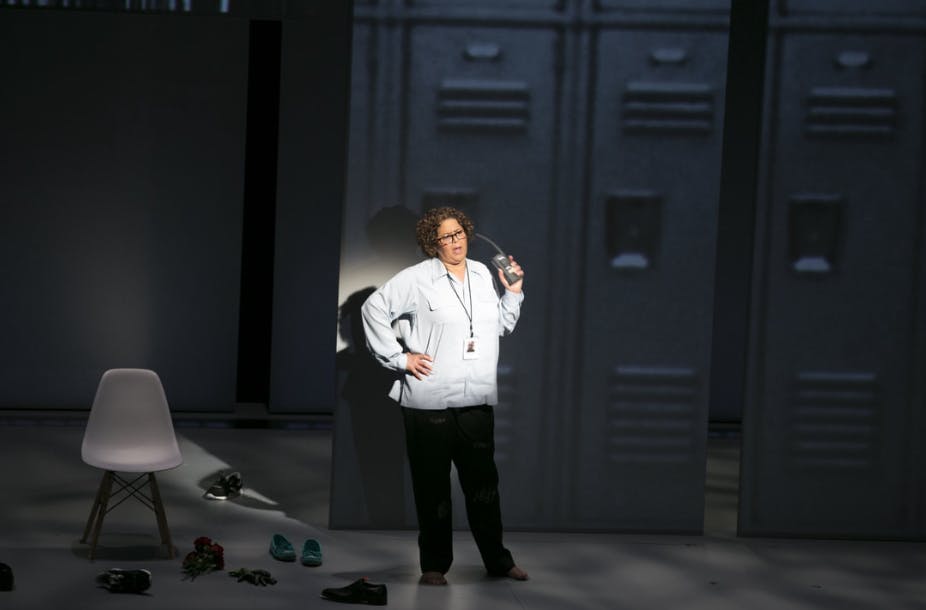
Anna Deavere Smith in “Notes from the Field: Doing Time in Education.” Photo: Evgenia Eliseeva
The lights went down, the first act began. For eighty unrelenting
minutes Smith careened between a dozen-or-so characters, her virtuosity
obliterating every distraction inside or outside the theater. I was
completely overtaken, which is to say that during this time I failed to
consider my son’s experience much at all.
There would be
questions — I knew that much — a lot for us to talk about, some
confusion to unravel. But when the lights came up and I looked at his
face it was clear that the whole thing had been too much. If the goal
was to help my son ride the front edge of difficult content, I had
accomplished the opposite. Taking him to that show was more like a
full-body tackle in which I’d knocked him off the surfboard and sent him
under the waves.
The second act of Notes from the Field would
be an experiment, a guided “conversation” in which a community leader
would help the audience discuss some of the challenges inherent in the
material of the performance (after that Smith would return for a final
monologue).
I was interested in how Smith and the community
leader were going to pull off this dialogue. I felt certain it would be
awkward; I wondered if it would feel useful.

A mural of Freddie Gray in the Sandtown-Winchester neighborhood of Baltimore. Photo: Reuters/Bryan Woolston
In the end, however, I
didn’t get to find out, because the difficult conversation for which I
actually needed to show up occurred a couple blocks away from the
theater, on a narrow stoop, where I sat with my son while he released a
wild torrent of rage and tears.
He was freaked out by the images,
and even more by the sounds. Some of the violent stories in Smith’s
monologues he would never forget. He said Freddie Gray’s screams were
the worst thing he had ever heard. He alternated between ferocious
expressions of anger and long moments during which he seemed almost
completely shut down.
I felt worried and, in truth, defensive; I
was annoyed at myself for not better thinking this one through. But I
knew — and part of the reason I knew this was because of the
conversations I’d had in previous weeks with our reading group — that my
job at that moment was to put my own annoyances aside in order to be
present with my son’s fury and confusion and pain.
A couple weeks later, over breakfast, during a conversation in which I asked my son whether it would be OK if I wrote about my error in judgement (and in which he said OK, as long as I made sure to mention the gigantic sundae I had purchased for him later that afternoon), he actually managed to delineate some of the strands of his fury.
He was angry at me for taking him to the show.
He was angry at whatever reviewer I’d read whose review had not mentioned the videos.
He was angry at whoever had decided the show would even be OK for 7th-graders to watch.
He was angry at the police officers, certainly.
He wanted to
be angry at Anna Deveare Smith — or at the fact that the videos
existed — but he didn’t know if that was OK (I suggested it was possible
to be angry at a society in which the violence documented in the videos
was allowed to persist).
All in all, it was a stunning
dissection for a ten-year-old to perform, and it made me think, as we
sat at our kitchen table, about the tangled furies in which our country
remains embroiled, how useful it would be for many of us — and
particularly for those of us who live and breathe inside the construct
of Whiteness — to attempt to piece these furies apart. But that was only
later. On the day we saw Anna Deveare Smith perform, there wasn’t much
disentangling going on.
I sat on the stoop, rubbing his back. I,
too, was still hearing Freddie Gray’s screams in my head, so I didn’t
say much, only that I was sorry, so sorry this had happened. I was
apologizing to my son for my mistake, sure, but also, more so, for the
fact that those of us with the privilege and the power to make a
difference could still allow such devastation to be exerted upon the
bodies of young black women and men.
Sorry, I said to my kid,
although I was attempting to speak also — as inadequate as it
seemed — to Freddie, my hand on his back, and sorry again.

Get Insights In your Inbox
Join the EmbraceRace community! You will receive the newsletter with our latest on race & kids, including upcoming events and opportunities, resources, community news and curated links.
Subscribe


